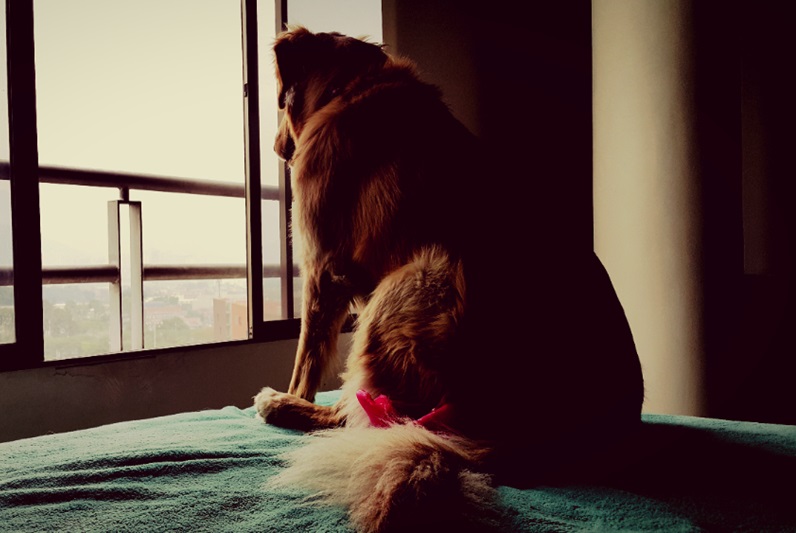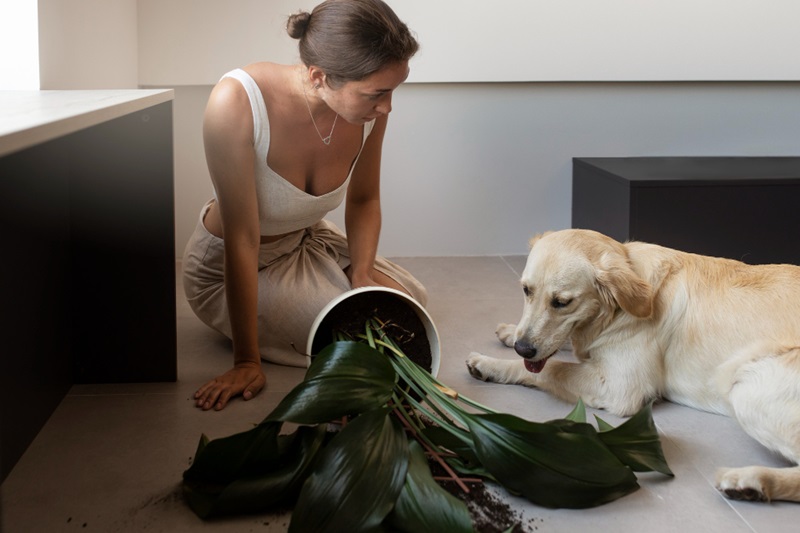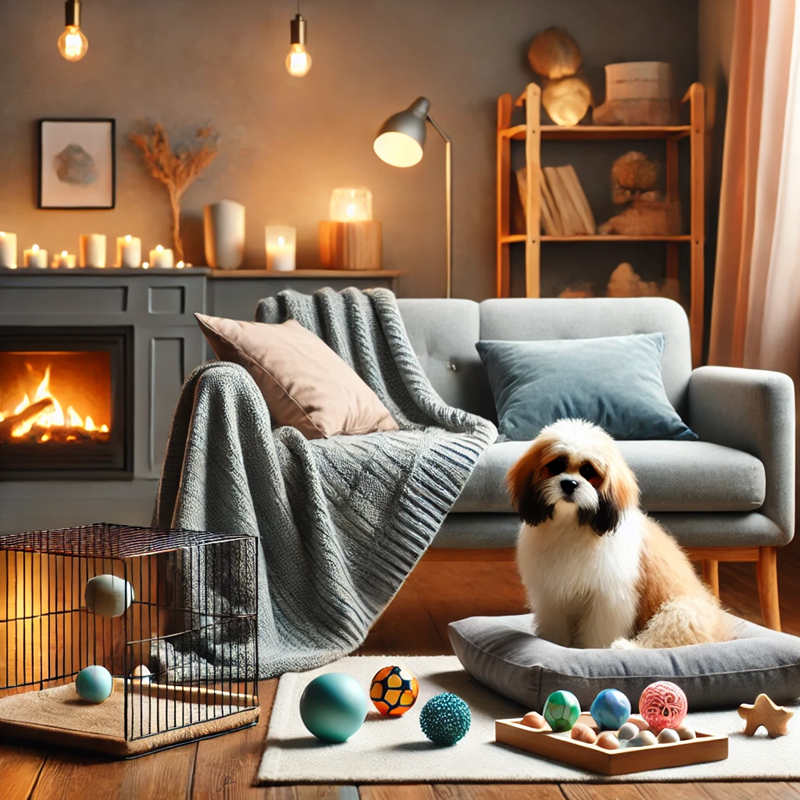What Causes Separation Anxiety?
Understanding the root cause of separation anxiety is the first step. Common triggers include:
- Change in Routine: Dogs thrive on consistency. Sudden changes, like returning to work after a long time at home, can be unsettling.
- Past Trauma: Rescue dogs or pets with a history of abandonment often show signs of anxiety.
- Over-Attachment: Dogs that are overly dependent on their owners may struggle when left alone.
Recognizing the cause helps you plan the best approach to manage their behavior.

Signs Your Dog Has Separation Anxiety
Not every restless dog suffers from separation anxiety, but there are clear signs to watch for:
- Excessive barking or whining when you leave.
- Destructive behavior, such as chewing furniture or shoes.
- Attempts to escape by scratching at doors or windows.
- Accidents inside the house, even if they’re potty-trained.
- Stress-related behaviors like pacing or drooling.
If these symptoms occur regularly, it’s likely time to address your dog’s anxiety.
Practical Ways to Manage Separation Anxiety
Create a Calm Environment
- Set up a dedicated spot with their favorite bed and toys.
- Use calming aids like dog-friendly music or aromatherapy diffusers.
Practice Short Absences
- Start by leaving the room for a few minutes and increase the time slowly.
- Reward calm behavior with treats or praise when you return.
Stick to a Routine
- Walk or play with your dog before leaving to tire them out.
- Keep feeding and activity schedules regular.
Use Interactive Toys
- Puzzle toys filled with treats can keep them occupied for hours.
- Rotate toys to keep them interesting.
Consider Crate Training
- Introduce the crate positively with treats and toys.
- Never use the crate as punishment.

Seek Professional Help
If the anxiety persists, consult a veterinarian or dog trainer. They may suggest:
- Behavioral therapy tailored to your dog’s needs.
- Anti-anxiety medication in severe cases.
What Not to Do
- Punishing Your Dog: Punishment only increases stress and confusion.
- Making Emotional Exits: Stay calm and neutral to show that leaving and returning are normal parts of the day.
- Leaving Them Alone Too Long: Gradual training and shorter absences are essential to help them adjust.
- Ignoring the Problem: Address the anxiety early with proper strategies or professional help.
- Overloading Them with Stimuli: Provide a calm and comfortable environment instead.
Preventing Separation Anxiety in the Future
Prevention is always easier than treatment. Consider these tips for raising a confident dog:
- Socialize them early with new environments and people.
- Teach them to enjoy alone time from a young age.
- Avoid making every departure a big event.

FAQs: Managing Separation Anxiety in Dogs
- How long does it take to reduce separation anxiety?
- Every dog is different. Some show improvement in weeks, while others may take months. Consistency is key.
- Can older dogs develop separation anxiety?
- Yes, it can develop at any age, especially after major life changes.
- Are there natural remedies for separation anxiety?
- Calming collars, CBD oils, and herbal sprays may help. Always consult your vet first.
- Is crate training suitable for all dogs with anxiety?
- Not all dogs respond well to crate training. Test their comfort level before committing.
- Should I adopt another dog to help with anxiety?
- Adding a companion might help, but it’s not guaranteed. Consider your dog’s personality and compatibility first.
Bringing Calm and Joy to Your Loyal Friend’s Life
Separation anxiety can be challenging, but it’s not insurmountable. With patience and the right approach, you can create a safe and happy environment for your dog. Addressing their anxiety strengthens the bond between you and your furry friend, ensuring they feel loved and secure even when you’re away.

